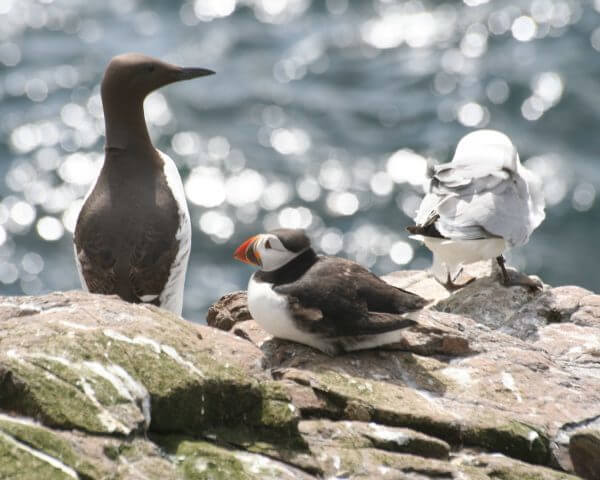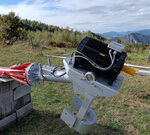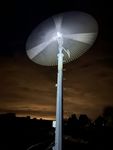Moray East OWF wildlife surveys completed
Moray East Offshore wind farm will lie round 22 km off the coast of Caithness in the Moray Firth. Thousands of ultra-high resolution images have been captured over an area of about 1,400 square kilometres around where the wind farm is planned, as part of long term monitoring of local wildlife.
Coastal parts of the Moray Firth have been designated as special protection areas for wildlife because of the internationally important numbers of seabirds that breed there.
Puffin, guillemot, razorbill, herring gulls and black-backed gulls, kittiwakes and gannets are among the species that return to the area each spring and summer. The area’s coastal and offshore waters are also home to a wide range of marine mammals, such as bottlenose dolphins, harbour porpoise, minke whales and harbour and grey seals.

The East Caithness Cliffs, North Caithness Cliffs, Cromarty Firth, Inner Moray Firth, Troup, Pennan and Lion’s Head special protection areas are all to be found in this area of coast.
Before construction of the wind farm commences, high quality data on the wildlife in the area are needed. They will allow regulators and the wind farm developers to monitor how local wildlife interacts with and behaves around the wind farm once it has been completed.
Sean Sweeney, project manager at APEM, said: “Gathering these robust baseline data is where APEM comes in. Our state-of-the-art camera systems, mounted on specialist survey aircraft, fly carefully planned survey lines over the wind farm area.”
“The thousands of detailed images they capture are then passed to our team of image analysts to identify the species of birds in the pictures. This information is then used to determine species abundance, distribution and behaviour across the wind farm and its surrounding area.”
Elsewhere, APEM is working on the largest digital aerial surveys of offshore wildlife anywhere in the world, and is also at the forefront of scientific research into the behaviour of wildlife around offshore wind farms. This suggests that for certain species at least the potential impacts of offshore wind farms may be lower than previously thought.
Construction of the 950 MW Moray East Offshore Wind Farm, which will be capable of supplying low cost, low carbon electricity for in excess of 950,000 households, is currently due to begin in July 2019.
- Source:
- APEM
- Author:
- Press Office
- Link:
- www.apemltd.co.uk/...
- Keywords:
- APEM, wildlife, Moray East, offshore, wind farm, UK, seabirds, Moray Firth, aerial survey, Scotland

















